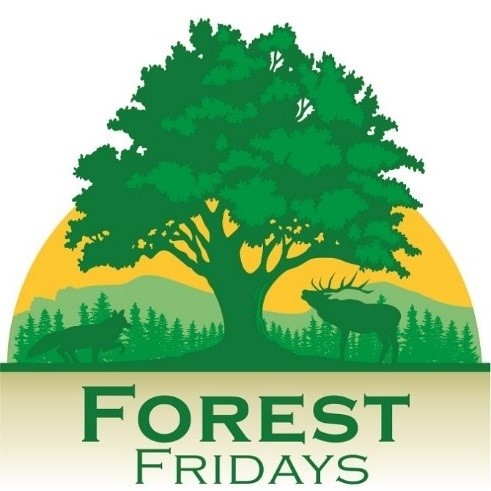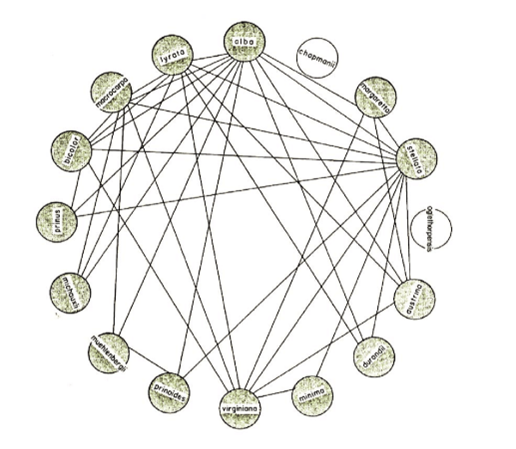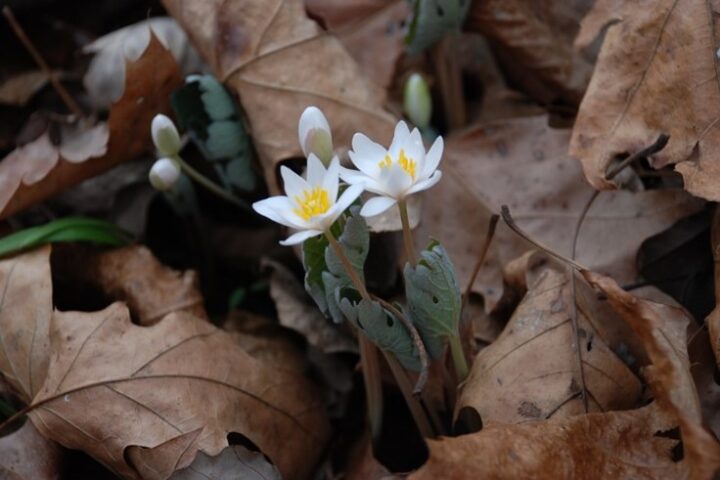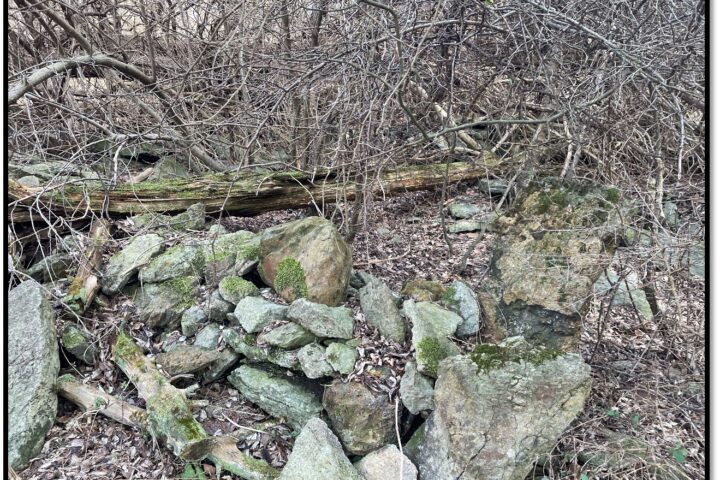
by John Schwartzer
In today’s article, the mutts we celebrate have “bark,” but no bite.
A species is defined by Webster as “… comprising related organisms or populations potentially capable of interbreeding.”1 This means a white oak (Quercus alba) should only breed with other white oaks, but this isn’t always the case. Oaks in the genus Quercus are notorious for interbreeding and creating “mutts” or hybrids. While classifying oaks into species, F. André Michaux noted in 1812 a variant of known species2 later declared to be a hybrid. The list of hybrids has steadily grown, but crosses are known to be limited to members within the groups Erythrobalanus and Leucobalanus, or the red and white oaks, respectively.
Wind dispersed pollen and overlapping flowering times allow oaks to produce viable offspring with many other Quercus species, provided they are in the vicinity. This makes neatly classifying oaks a tricky prospect.
In 1872, Charles Darwin wrote in Origin of Species that scrutiny of oaks of Britain raised more confusion than clarity.3 Trees planted side by side in arboreta can create combinations that are unlikely to happen naturally due to separations of distance or even continents.

From left to right: White oak (Q. alba), the hybrid offspring (Q. alba x montana), and chestnut oak (Q. montana)9
This ability to create hybrids and for the hybrids to breed back into the general population is thought to create a gradient of species within Quercus. Evolutionary botanists coined the term syngameon for this ability of distinct species to repeatedly trade genes while remaining distinct.4 Genetic studies reveal at least 25% of plants -mostly trees- are members of a breeding syngameon.7 This ability to borrow genes across species may play a role in speeding adaptation to rapid environmental changes like climate change or introduced pests and diseases.7
The next time you see an oak that doesn’t fit neatly in a species description, don’t howl in frustration. Maybe it’s just begging to show you some new tricks.

The Quercus syngameon within the Leucobalanus section based on morphology and breeding studies.8
Forest Fridays are published weekly by the PA Bureau of Forestry, Department of Conservation and Natural Resources (DCNR).
Sources:
- “Species.” Merriam-Webster.com Dictionary, Merriam-Webster, https://www.merriam-webster.com/dictionary/species. Accessed 23 Nov. 2022.
- Michaux, F.Andre. Hisotoire des arbes forestieres de L’Amerique Septentriolae 2; (Qwuercus, 1-128, pl 1-26). 1812; North American Silva (English ed., translated by A.L. Hillhouse) 1: (Quercus 9-112, pl. 1-28). 1819.
- Darwin C. 1872. The origin of species by means of natural selection, 6th edn. London, UK: John Murray.
- Hardin, J.W. 1975. Hybridization and introgression in Quercus alba. Journal of the Arnold Arboretum 56: 336-363.
- Hipp, Andrew. (2015). Should hybridization make us skeptical of the oak phylogeny?. International Oaks: The Journal of the International Oak Society. 26. 9-17.
- Hipp, Andrew, Et al. 2019. Genomic Identity of White Oak Species in an Eastern North American Syngameon. Annals of the Missouri Botanical Garden. Vol. 104. 455 – 477
- Cannon, C.H. and Petit, R.J. (2020), The oak syngameon: more than the sum of its parts. New Phytol, 226: 978-983. https://doi.org/10.1111/nph.16091
- Hardin figure courtesy of Journal of the Arnold Arboretum, released by the Missouri Botanical Garden, Peter H. Raven Library under Creative Commons Attribution-NonCommercial-ShareAlike 4.0 (CC BY-NC-SA 4.0) license; non-commercial reuse is permitted under the same license, with source attribution.
- Hayden, W. John. “Hybrid Oaks: Full of Vexation and Wonder.” Bulletin of the Virginia Native Plant Society 30, no. 1 (March 2011): 1, 6-7




